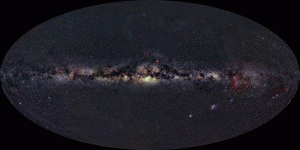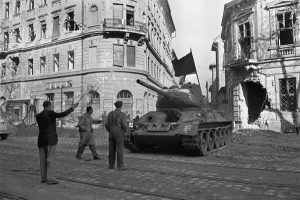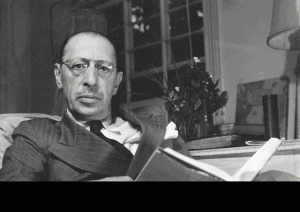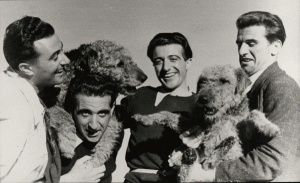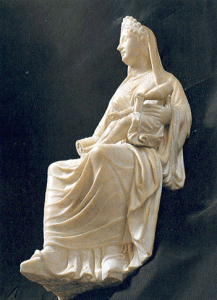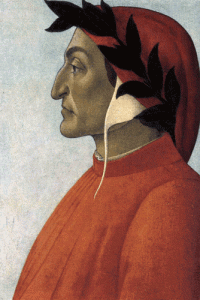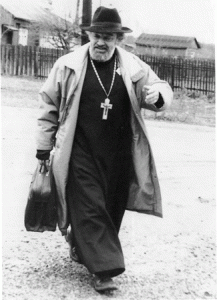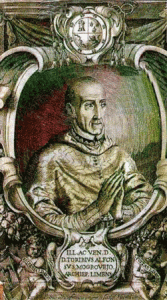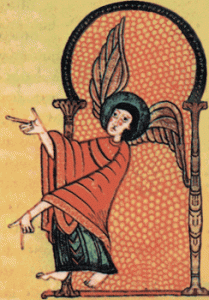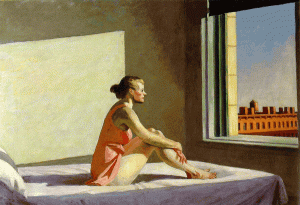Exhibitions ’06
“A che tante facelle?” “…Why so many lights?” The Milky Way amid Science, History, and Art
The arch of light which forms the Milky Way, and which stretches across the sky is a spectacle that has filled all generations with wonder, from prehistory to today. ... Read More
Budapest 1956. The Revolution. Photo Report by Erich Lessing
What makes a people start rioting in a troubled Europe that has just emerged from a terrible war? The hardships of life; hunger, poverty, unemployment, and the challenge of ... Read More
Igor Stravinkij. A Master of the nineteenth century
This exhibition uses the charismatic and anti-heroic figure of Igor Stravinskij to explore the musical, artistic, and cultural changes of the 19th century. This great Russian cosmopolitan lived through ... Read More
A singing people. The Pedrotti Brothers and Alpine Choirs
In order to approach the world of Alpine choirs eighty years after the Pedrotti brothers started their first choir, one needs to try to understand what it means to ... Read More
Chapter ten Giussani at the height of reason
A deeper look into the theme of the 2006 Meeting. Not an exhibition, but a journey. Not an exhibit, but an “event” that winds through three episodes, each of ... Read More
Classical Majestas(Classical Majesty) Return to the Classics, from Arnolfo to Giotto.
The return to the classical tradition, which in figurative arts means a return to particular formal principles, is the focal point of a vast phenomenon that began in the ... Read More
The glory of the Who moves everything. Happiness in Dante’s Paradise
The path Dante followed in Paradise, a prelude to his final vision of God, is the proof of an experience possible for all men: it is the experience of ... Read More
Wisdom and the Infinite. The Tree of life in the Mosaic of Otranto
By focusing on the prestigious mosaic floor of the cathedral of Otranto (1163-65), this exhibition seeks to increase public interest in the culture and wisdom of the Middle Ages. ... Read More
father Aleksandr Men’, the “law” of a living men a witness from the USSR
The Soviet Union was a country ruled by inflexible laws that were supposed to make man better and society perfect. But in reality these laws were against man. They ... Read More
Toribio Alfonso de Mogrovejo (1538-1606): finding an identity in multicultural societies in Latin America.
«Jesus came. He didn’t waste the years of his life complaining and always talking about bad times. He cut short. In a very simple way. By starting Christianity. He ... Read More
With our hands, but with your strength. The works of the Benedictine Monastic Tradition
“Who will give me wings like those of a dove, to fly and then find rest?” (Ps 54: 7). Can money, health, career, or a life full of comforts ... Read More
Edward Hopper
In the years of the Great Depression and the New Deal in America, the master realist painter Edward Hopper (1882 – 1967) looked at everyday life in America with ... Read More



